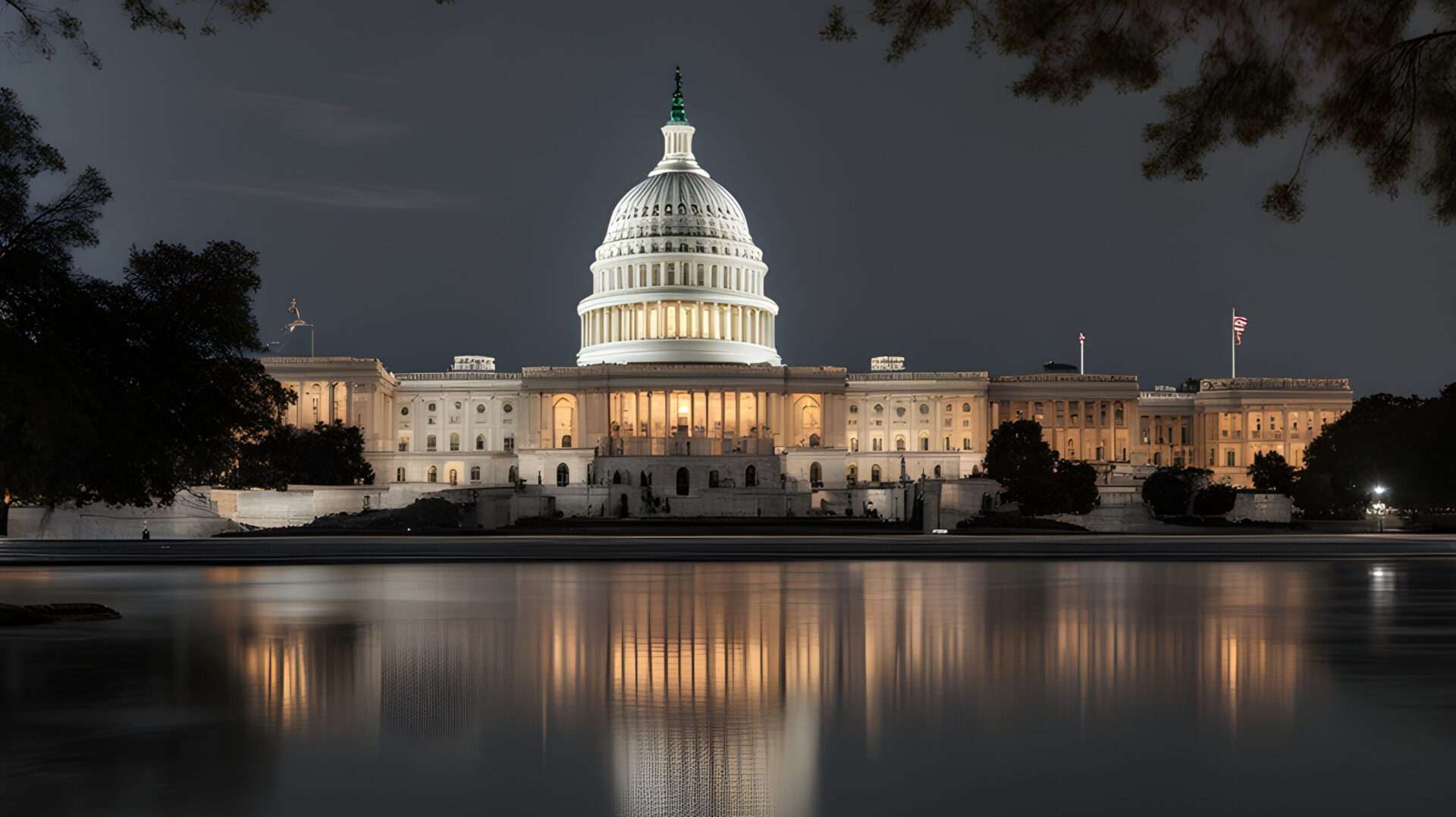Note: Political Awareness’s published communication is never authorized by any candidate or their committees.
Understanding the Democratic National Convention
How a Presidential Candidate is Approved
The Democratic National Convention (DNC) is a pivotal event in the U.S. electoral process. Serving as the official gathering of the Democratic Party to nominate its candidate for President of the United States. This convention, held every four years, is not just a ceremonial event but is steeped in tradition, political strategy, and democratic principles. Understanding how it works is crucial for anyone interested in American politics.
The Purpose of the DNC
The primary purpose of the DNC is to officially nominate the Democratic Party’s candidate for president. This process involves delegates from various states who gather to cast their votes based on the outcomes of primary elections. As well as the caucuses held in the months leading up to the convention. The DNC also serves as a platform for the party to unify its message, celebrate its achievements, and energize its base ahead of the general election.
The Delegate Selection Process
The road to the DNC begins with the delegate selection process. Delegates are individuals chosen to represent their state at the convention, and they play a crucial role in the nomination process. Here’s how it typically unfolds:
1. Primaries and Caucuses: States hold primary elections or caucuses, where voters express their preference for a presidential candidate. The results determine how many delegates each candidate receives. Primaries can be open, allowing any registered voter to participate, or closed, where only registered party members can vote.
2. Allocation of Delegates: The Democratic Party uses a proportional representation system for allocating delegates. This means that candidates receive delegates in proportion to the number of votes they receive, as long as they meet a certain threshold (usually 15%). This method encourages a more inclusive representation of voters’ preferences.
3. Superdelegates: In addition to regular delegates, the Democratic Party also has superdelegates—party leaders and elected officials who can support any candidate regardless of primary outcomes. These superdelegates can play a significant role in close races, though their influence has been limited in recent years.
The Convention Process
Once the delegate selection process is complete, the DNC convenes in a major city, usually in the summer before the general election. Here’s how the convention typically unfolds:
1. Opening Ceremonies: The convention kicks off with speeches from party leaders, elected officials, and notable figures, setting the tone for the event.
2. Delegate Voting: After the opening ceremonies, delegates officially cast their votes for their preferred candidate. The voting process can be complex, as it may involve multiple rounds of voting if no candidate secures a majority of delegates on the first ballot. If a candidate receives more than half of the total delegate votes, the system declares them the nominee.
3. Nomination Speeches: Once a candidate is confirmed, they are formally nominated. This is often followed by enthusiastic speeches from supporters, highlighting the candidate’s qualifications and vision for the future.
4. Platform Adoption: Alongside the nomination, the DNC also adopts a party platform, which outlines the party’s values, priorities, and policy positions for the upcoming election. This platform serves as a guiding document for the party and its candidates.
5. Celebration and Unification: The convention culminates in a celebratory atmosphere, with the nominated candidate delivering a keynote address that often aims to unify the party and energize supporters for the general election.
The Role of the Media and Public Engagement
In addition to the formal proceedings, the DNC is a major media event. News outlets provide extensive coverage, and they often broadcast the convention on television and online, reaching millions of viewers. Social media platforms also play a significant role in shaping the narrative, allowing supporters and critics alike to voice their opinions in real-time.
Rallies, events, and discussions surrounding the convention encourage public engagement. This helps to galvanize grassroots support and can significantly impact voter turnout in the general election.
Conclusion
The Democratic National Convention is a vital component of the American political landscape, serving as the stage for the Democratic Party to nominate its candidate for president. With a complex process involving delegate selection, voting, and platform development, it highlights the democratic principles of representation and participation. As the DNC approaches, it not only shapes the future of the party but also sets the course for the upcoming election, making it a critical event in the political calendar. Understanding this process is essential for anyone who invests in the dynamics of U.S. politics and the electoral process.

Leave a Reply